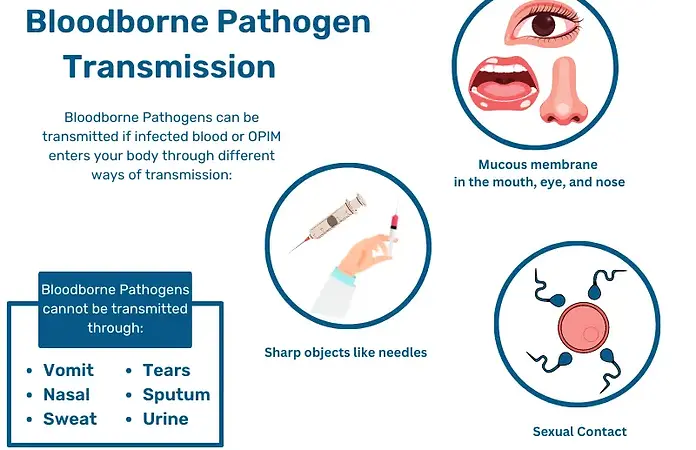
Preventable Diseases
What are Preventable Diseases
Preventable diseases in this context refer to diseases that are preventable, common, and can be extremely detrimental to ones health. With this criteria in mind there are two main diseases that will be covered in this article. The first disease is Hepatitis C, Hepatitis C is primarily transmitted through blood. However it can be transmitted through sexual intercourse as well. With that in mind it is important that you refrain from sharing needles, avoid contact with foreign blood, and practice safe sex. The next disease we will cover is HIV, HIV is also transmitted through blood and has many of the same characteristics as Hepatitis C in regards to modes of transmission. So as expected many of the precautions for these two diseases are the same. One key difference is the length of time the diseases can live outside of the host. According to the CDC Hepatitis C lasts longer outside of the body. "It is highly infectious and can survive on dry surfaces and equipment for up to 6 weeks, resulting in a longer period for potential transmission than for other bloodborne pathogens." (Viral Hepatitis Surveillance and Case Management - Hepatitis C | CDC, n.d.). Whereas HIV can only live outside of the body for short periods of time "HIV does not survive long outside the human body" (How HIV Spreads, 2024).
Links to Check Out

References
Viral hepatitis surveillance and case Management - Hepatitis C | CDC. (n.d.). https://www.cdc.gov/hepatitis/statistics/surveillanceguidance/HepatitisC.htm
How HIV spreads. (2024, November 25). HIV. https://www.cdc.gov/hiv/causes/index.html